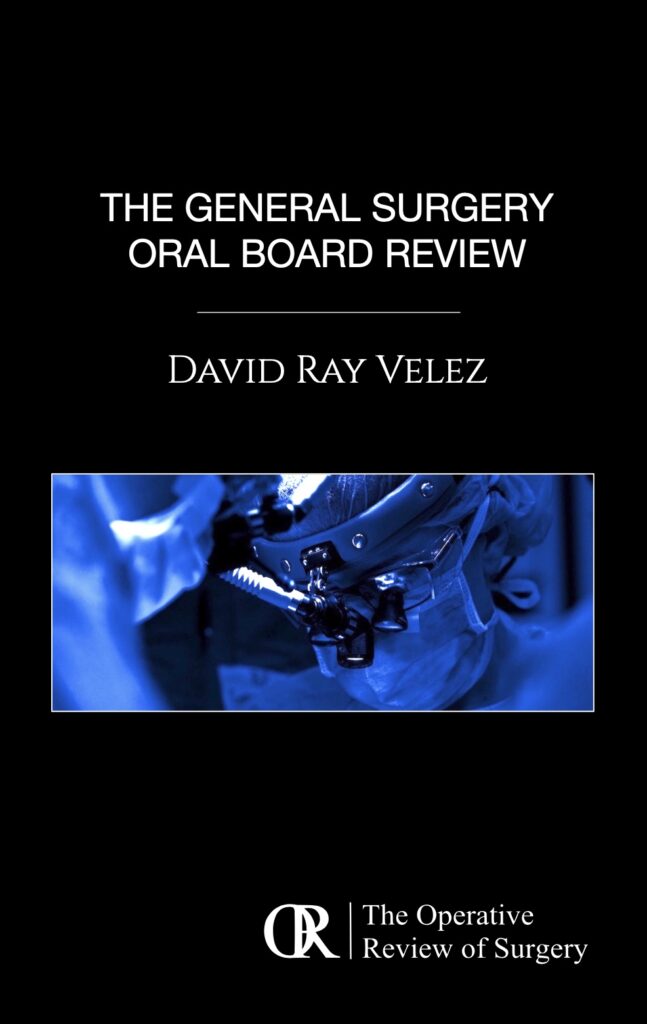Vascular: Carotid Body Tumor
Carotid Body Tumor
Basics
- Also Known As:
- Carotid Paraganglioma
- Carotid Chemodectoma
- Glomus Tumor
- Most are Benign & Slow Growing But May Be Locally Aggressive
- Most are Nonfunctional – But Can Potentially Secrete Catecholamines
- Highly Vascular
Forms
- Spontaneous – Most Common
- Familial – More Frequently Bilateral or Present Earlier
- Hyperplastic – More Common if Exposed to Prolonged Hypoxia (COPD or Living at High Altitudes)
Shamblin Classification
- Group I: Small & Easily Dissected Off the Carotid Artery Walls
- Group II: Larger, Partially Surround & More Adherent to the Carotid Artery Adventitia
- Group III: Encase the Carotid Arteries with Intimate Adherence
Presentation
- Asymptomatic Neck Mass – Most Common
- “Fontaine Sign” (Laterally Mobile but Fixed Longitudinally – From Association with Artery)
- Pain
- Compressive Symptoms (Dysphagia, Hoarseness or Horner’s Syndrome)
Diagnosis
- Dx: US or CTA/MRA
- “Lyre Sign” Pathognomonic (Widened Bifurcation & Tumor Blush Between)
- Do Not Bx – Due to Bleeding Risk
Treatment
- Primary Tx: Surgical Resection
- Keep to Periadventitial Plane if Able – Extension of Adventitia May Weaken Artery & Cause Hemorrhage
- Consider Preoperative Angioembolization Prior if Large (> 4 cm)

Carotid Body Tumor 1

Carotid Body Tumor on CTA, “Lyre Sign” 1
References
- Galyfos G, Stamatatos I, Kerasidis S, Stefanidis I, Giannakakis S, Kastrisios G, Geropapas G, Papacharalampous G, Maltezos C. Multidisciplinary Management of Carotid Body Tumors in a Tertiary Urban Institution. Int J Vasc Med. 2015;2015:969372. (License: CC BY-4.0)
- Michałowska I, Lewczuk A, Ćwikła J, Prejbisz A, Swoboda-Rydz U, Furmanek MI, Szperl M, Januszewicz A, Pęczkowska M. Evaluation of Head and Neck Paragangliomas by Computed Tomography in Patients with Pheochromocytoma-Paraganglioma Syndromes. Pol J Radiol. 2016 Oct 31;81:510-518. (License: CC BY-NC-4.0)

